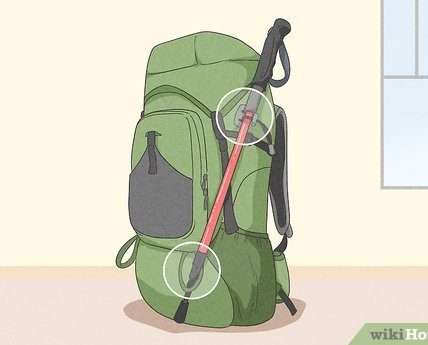Reverse bungee jumping, also known as slingshot or catapult bungee, offers an adrenaline-pumping experience unlike any other. Instead of falling downwards from a height, participants are launched skyward at incredible speeds. This thrilling activity, however, naturally raises concerns about safety. Let’s explore the potential dangers and safety measures associated with reverse bungee jumping, helping you make an informed decision about whether to take the plunge.
Understanding Reverse Bungee Jumping
Reverse bungee jumping is an amusement ride that uses elastic ropes or cables to launch riders high into the air. The experience is intensely exhilarating, but how exactly does it work?
- Harnessing: Participants are securely strapped into a harness, often a full-body harness, attached to the bungee cords.
- Tension Build-Up: The bungee cords are stretched to a high degree of tension using a mechanical system.
- The Launch: Once the tension is at its peak, the release mechanism is triggered, launching the riders upwards at a rapid acceleration.
- Bouncing: After reaching the peak height, the riders bounce up and down several times before the ride comes to a complete stop.
Potential Risks and Safety Concerns
Like any extreme activity, reverse bungee jumping comes with potential risks. Knowing these risks is crucial for ensuring a safe and enjoyable experience.
Common Injuries
While reverse bungee jumping is generally considered safe, injuries can occur. Here are some possible injuries:
| Injury Type | Description | Prevention |
|---|---|---|
| Whiplash | Sudden jerking motion of the head and neck. | Proper head and neck support; gradual acceleration. |
| Muscle Strains | Overstretching or tearing of muscle fibers. | Warm-up exercises; properly fitted harness. |
| Bruising | Discoloration of the skin due to impact. | Properly fitted harness; padded restraints. |
| Eye Injuries | Conjunctival Hemorrhage or other eye trauma | Proper eye protection; avoid wearing contact lenses; |
Equipment Failure
Although rare, equipment failure can pose a serious risk. Rigorous maintenance and inspection are essential.
Fact: Reputable reverse bungee jumping operators conduct daily inspections of their equipment to identify and address any potential problems before they escalate.
Medical Conditions
Certain medical conditions can increase the risk of injury during reverse bungee jumping. It is important to consult with a doctor before participating if you have any concerns.
- Heart conditions
- Back or neck problems
- Pregnancy
- High blood pressure
Safety Measures and Regulations
To mitigate risks, reputable reverse bungee jumping operators adhere to strict safety regulations and implement comprehensive safety measures.
Operator Certification and Training
Trained and certified operators are critical to safe operation. They are trained to handle emergencies.
Regular Equipment Inspections
Regular inspections and maintenance of the equipment are crucial. This includes checking the bungee cords, harnesses, and launch mechanisms.
Weight and Height Restrictions
Strict weight and height restrictions are in place to ensure that the equipment can safely handle the riders. These limits are based on the design and specifications of the ride.
FAQ: Reverse Bungee Jumping Safety
Here are some frequently asked questions about the safety of reverse bungee jumping:
- Is reverse bungee jumping safe? When operated by reputable companies with proper safety measures, reverse bungee jumping is generally considered safe. However, like any extreme activity, there are inherent risks.
- What are the age restrictions for reverse bungee jumping? Age restrictions vary depending on the operator, but typically require participants to be at least 12 years old and meet certain height and weight requirements.
- What should I wear for reverse bungee jumping? Wear comfortable, close-fitting clothing and closed-toe shoes. Avoid loose jewelry and accessories.
- Can I reverse bungee jump if I have a medical condition? Consult with your doctor before participating if you have any medical condition, such as heart problems, back or neck issues, or pregnancy.
- What happens if the bungee cord breaks? Reputable operators use multiple bungee cords for redundancy. Even if one cord breaks, the others will still provide sufficient support. They also have backup safety systems in place.
Ultimately, the decision of whether or not to try reverse bungee jumping is a personal one. The thrill of being launched skyward at incredible speeds is undeniable, offering an unforgettable rush of adrenaline. Weighing the risks against the rewards, and ensuring that you choose a reputable operator with stringent safety protocols, is key to making an informed choice. Remember to listen to your body, follow all instructions carefully, and be prepared for an experience unlike any other. Always prioritize your safety and well-being, and the reverse bungee jump can be an adventure to remember for all the right reasons.

